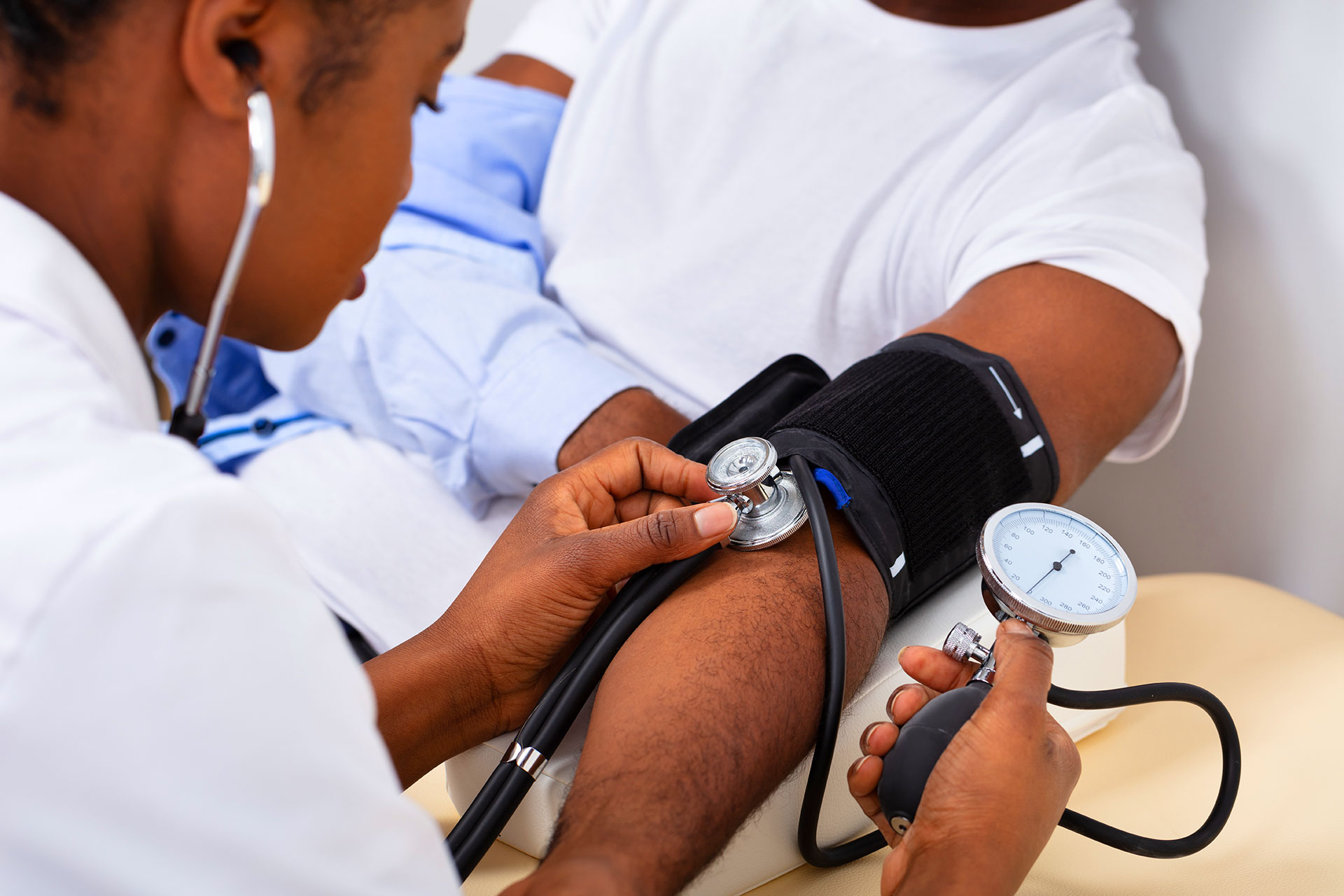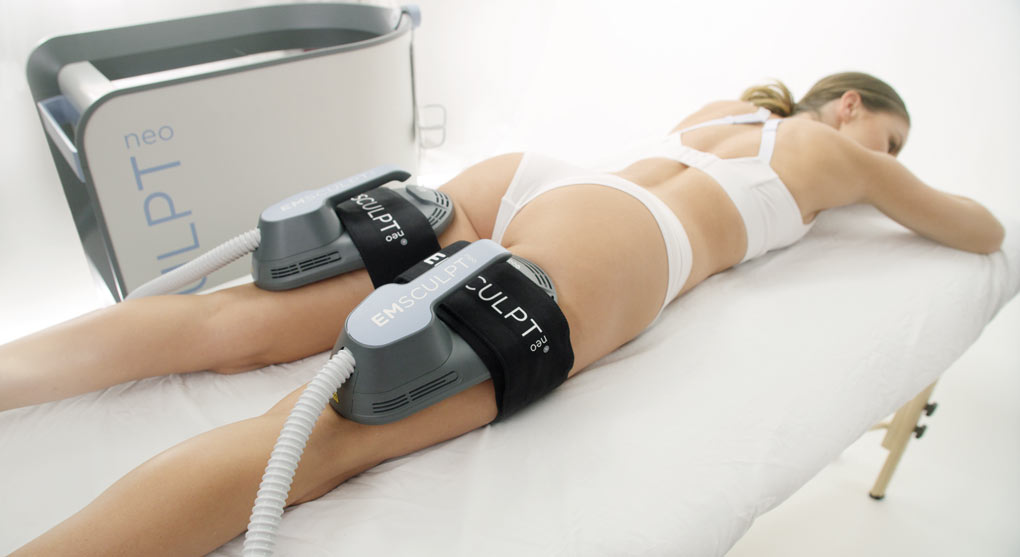We often focus on cardio or diet for health, but what if one of the most powerful tools for preventing disease, boosting metabolism, and extending your healthy lifespan is already within you? Muscle. As our population ages, and with new weight-loss trends emerging, the critical importance of maintaining muscle mass is finally getting the attention …
We often focus on cardio or diet for health, but what if one of the most powerful tools for preventing disease, boosting metabolism, and extending your healthy lifespan is already within you? Muscle. As our population ages, and with new weight-loss trends emerging, the critical importance of maintaining muscle mass is finally getting the attention it deserves.
More Than Just “Looking Good”: Muscle’s Internal Power
While visions of beach-ready bodies often dominate the conversation, the truth is, what muscle does inside your body far outweighs its external appearance. Skeletal muscle is your body’s largest organ by mass (30%-50% of total body weight!) and it’s anything but passive. It’s an endocrine organ with profound effects on your entire system:
- Metabolic Maestro: Muscle regulates over 75% of insulin-mediated glucose disposal, playing a vital role in controlling blood sugar and lipids. Losing muscle mass, especially as we age, increases the risk for metabolic diseases like type 2 diabetes.
- Calorie Burner: Muscle significantly contributes to your resting energy expenditure (the calories you burn at rest). Even small differences in lean mass can translate to hundreds of calories burned per day, impacting weight management over time.
- Disease Fighter: Muscle produces “myokines” with anti-inflammatory effects, helping to regulate the immune system and combat chronic low-grade inflammation, a driver of many age-related diseases.
The Age-Related Challenge: Sarcopenia and Dynapenia
We typically reach peak muscle mass between our 20s and 40s. After that, a progressive decline begins:
- 0.5% loss per year in our 40s.
- 1-2% loss per year after age 50.
- Approximately 3% loss per year after age 60.
This age-related loss of muscle mass (sarcopenia) and strength (dynapenia) is not just about struggling with jar lids. It’s a major contributor to frailty, falls, and loss of independence in older adults. Alarmingly, frailty and pre-frailty are now becoming more common in younger people, meaning we’re becoming physically compromised at earlier ages.
How to Protect Your Muscle Mass
The good news? It’s never too late to start, but the earlier, the better. Maintaining muscle demands early and proactive interventions:
- Prioritize Resistance Training: While cardio is essential, strength training offers unique benefits that go beyond aerobic exercise. It directly stimulates mitochondrial health (our cellular powerhouses), builds bone mineral density (combating osteoporosis), and helps regulate inflammation. Dr. Brad Schoenfeld, a leading exercise science researcher, calls it “one of the most important interventions you can do for overall health and wellness.”
- Adequate Protein Intake: Proper nutrition, particularly sufficient dietary protein, is crucial for muscle maintenance and growth.
Making Muscle Health a Priority in Healthcare
Currently, conversations about muscle health, resistance training, and protein intake are not consistently happening in doctor’s offices. Dr. Mikhail Varshavski (“Dr. Mike”) notes the challenge of widely monitoring muscle mass as a vital sign, but stresses its importance.
Simple screening tools, like asking about resistance training habits, observing mobility, or using a grip strength dynamometer, can help healthcare professionals assess muscle health. The goal isn’t perfection, but “making a movie” – tracking changes over time to identify and intervene before significant decline.
Get Started: It’s Easier Than You Think!
- Light Weights, Big Gains: New data shows that using lighter weights can build just as much strength as heavier weights, as long as you push to near failure in the last few repetitions. This removes a major barrier for those intimidated by heavy lifting.
- Never Too Late: Even adults aged 70+ (including nonagenarians) who are new to training can see profound improvements in muscle strength and hypertrophy (growth) within 8- to 12-week programs.
Start building and maintaining your muscle today – it’s an investment in your long-term health, independence, and vitality.








